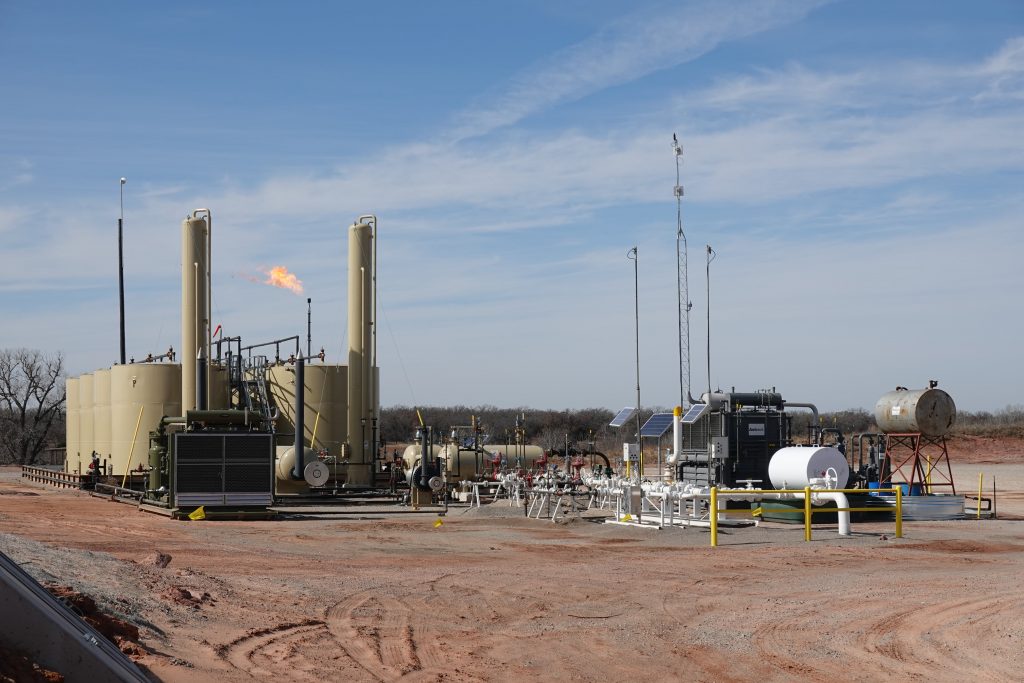
As the prices of oil and gas rise, the law of supply and demand would suggest that increased oil prices should drive bigger production. However, oil companies in Texas and oil and gas companies and producers in general, typically do not make haste into drilling new wells, since this process entails big start-up costs.
Good to know: Experienced companies like DW Energy have an exceptional combination of financial services experience as well as efficient processes and operations and are able to reduce start-up costs for their investors.
DW Energy is a non-operating partner that has a strong history of pairing qualified investors with the best operators in the industry so that our partners can build a diversified portfolio of oilfield assets. DW has been reaping the benefits of targeted, smart oil drilling for many years.
At DW Energy, we are big believers in being highly informed, and as a qualified oil and gas investor, you should be too. Let us consider how long it takes to develop additional oil and gas production through drilling in producing and developed shale fields. We will also take a look at the development timelines for developing new oil resources.
Choosing and preparing the well site
Finding new well sites is a time-consuming and complicated process even in producing and developing reservoirs. In order to maximize a firm’s production, engineers should reduce the extent to which every new well minimizes output from nearby wells, all while maximizing the available location’s inventory.
Good to know: DW Energy knows where the oil and gas is – and we know how to get it. DW’s portfolio includes non-operated working interest positions in Texas and North Dakota.
Drilling of a well
Drilling a shale well can typically take between 2-4 weeks. Early explorers of oil and gas have relied on surface signs such as oil seeps, however, technological advancements have made this process more efficient.
When it comes to offshore wells, drilling typically takes 3-4 months and costs approximately $120 to $150 million per well. Complicated drilling projects, on the other hand, take as long as 1 year.
Good to know: At DW Energy, we do not partake in groundbreaking trends, nor take undue risks. We stick to proven areas with strong production history to decrease our risks. DW focuses on proven producing fields that have a strong documented history in terms of production.
Contact DW Energy
Want to learn more about oil & gas investing? Our expert team can provide you with more information or schedule a consultation to talk about diversifying your investment portfolio.

Hydraulic Fracturing
The drilling rig is taken off while the well is undergoing preparations for hydraulic fracturing. To create adequate rock fractures and hold them open, wells in shale formations need high-pressure flushing.
Depending on the length of lateral segments, the preparation of the well for hydraulic fracturing takes approximately 10 days. Adding production tubing requires another 7 days, followed by at least 2 weeks of flowback, the process in which water and sand are mixed with oil and gas.
Developing new oil and gas fields
Although brand-new wells can be brought online and drilled in a few months, the timeframe for production from new fields goes on for years since they require the building of infrastructure and storage facilities and have complex permitting requirements.
Good to know: Established companies like DW are essential for identifying opportunities that optimize timelines & production. In addition, plenty of our well locations benefit from potential productions from many formations, which can escalate the overall economics of a project and bestow income for longer periods of time.
Take the Next Step
Direct participation in oil and gas exploration and production is certainly a more focused approach and presents a more lucrative way to make money on oil and gas wells. Instead of purchasing a stake in the firm, investors are buying an actual piece of the well and contributing to its production. This offers and creates a unique set of benefits than the traditional methods of oil and gas investing, giving the investor the opportunity to truly take advantage of everything oil and gas investments have to offer.
DW Energy partakes as a minority non-operating working interest partner with some of the most profitable oil and gas exploration and production companies in the industry. The DW philosophy is to work with dependable and established operators who are industry leaders in the particular geological basin that we are targeting.
DW Energy actively evaluates conventional and unconventional oil and gas investment opportunities across the United States but especially in the following formations:
- Texas (Eagle Ford, Woodbine, Permian)
- Oklahoma (Scoop, Stack)
- North Dakota (Bakken)
If you are a qualified investor looking to achieve your financial objectives and strategies through crude oil investing by direct participation in oil and gas, contact us.
Contact dw energy
Sources:
“Oil and petroleum products explained,” U.S. Energy Information Administration, https://www.eia.gov/energyexplained/oil-and-petroleum-products/prices-and-outlook.php
“Biden and Frackers Could Be Uneasy Wartime Allies,” Bloomberg, https://www.bloomberg.com/opinion/articles/2022-03-11/biden-and-frackers-could-be-uneasy-wartime-allies
“Well Placement Optimization Using GIS,” Saudi Aramco, https://proceedings.esri.com/library/userconf/proc05/papers/pap1253.pdf
“Offshore Oil and Natural Gas Life Cycle,” Canada’s Oil & Natural Gas Producers, https://atlanticcanadaoffshore.ca/offshore-oil-gas-lifecycle/
“Gas Well Drilling Process,” Mansfield Texas, https://www.mansfieldtexas.gov/356/Drilling-Process
“Investment and production dynamics of conventional oil and unconventional tight oil: Implications for oil markets and climate strategies,” Science Direct, https://www.sciencedirect.com/science/article/pii/S2666278720300106
